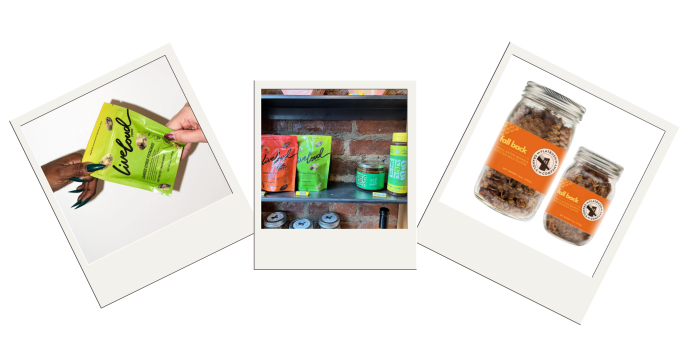A new study shows dramatic improvement in the ability of those with HIV to control virus resistant to older antivirals.
The study, published in The Lancet Infectious Diseases, show that keeping drug resistant virus under control is due to the arrival of new antivirals that are more tolerable, easier to use, and active against virus resistant to older first-line and second-line drugs.
The studies focus was to better determine the success of HIV treatment and the development of drug resistance between 1998-2009. Beginning in 1998, people started antiviral therapy using drugs from three different drug types, or classes. These were nuke analog and non-nuke analog drugs, and protease inhibitors. Up until recently, treatment options were limited for those whose HIV became resistant to these three classes of drugs.
To determine how well newer HIV drugs were helping those who developed triple drug-class failure, the Pursuing Later Treatment Option II project analyzed data from an HIV studies database. They discovered 2,476 who experienced the problem.
The researchers then assessed their viral loads, the levels of HIV in the blood. The incidence of AIDS or death for those with triple drug-class failure was then calculated.
The results show that in 2000, the antivirals in only one in five patients with triple drug-class failure successfully suppressed viral loads to undetectable levels. However, that improved dramatically by 2008 and 2009, soon after new classes and formulations of HIV antiviral drugs came on the scene. At that point, the HIV drugs in nearly three in five patients with triple drug-class failure successfully suppressed the virus.
In a commentary, which accompanied the published study, Doctors Jens Lundgren and Jeffery Lazarus of Copenhagen University noted how far HIV antiviral therapy has come since 1998.
“The ability of ART [antiviral therapy] to obtain durable control of HIV has improved greatly,” they wrote. “Furthermore, this trend was associated with an expected reduction in risk of AIDS.”
That’s because the study confirms what seemingly countless other studies show. That HIV antiviral therapy reverses the development of AIDS.
The study reveals that over time, there was also a substantial drop in AIDS related events and illnesses. Between 2000 and 2002, that overall average was 8. In 2008, it had fallen to 2. By 2009, the study average was just 1 AIDS event or illness.
The study’s good news comes with concerns by its authors about the need still for new HIV antivirals.
“Whether the improving trend, or even the current rate of viral suppression in 2009, can be sustained in the future is unclear. Continued improvement will likely need continued development of new drugs, which are active against virus with resistance to existing drugs,” they wrote.
“The results should not lead to complacency,” Doctors Lundgren and Lazarus further caution. “The number of people with resistant HIV infection will increase as the number of people receiving ART increases…Of particular worry is that the pace of clinical programs of HIV-drug development has slowed down in the past couple of years.”
Lundgren and Lazarus also stress the need for wider access to alternative, less toxic, more affordable drugs. But that too might have its downside. They fear that could begin another cycle of HIV drug resistance that could spread to others.
“As access to ART is scaled up, a sizable proportion of people living with HIV will live for extended periods on virologically failing therapy,” they wrote. “This scenario allows for renewed progression of their HIV condition and the transmission of resistant HIV to others.”
Sidebar:
Boosted PI’s Have Resistance on the Run
Another study also shows that HIV drug resistance may be on the decline. Agnes Paquet of Monogram Biosciences showed at last months ICAAC conference that the proportion of HIV patients resistant to at least one drug among the older medication classes is also decreasing. Of course fewer in the developed world do use these older drugs. But another reason may be because of the class of HIV drugs known as a protease inhibitor (PI ). Nowadays, PI blood levels are boosted by another HIV protease drug called Norvir. This drug boosting another drug combo is great at stopping the virus from replicating, making resistance harder to develop. It may also help protect non-protease antivirals as well. Paquet did note that over time, HIV can still develop mutations to get around these drugs, especially if they are not taken properly. But for the moment, her research shows that boosted PIs have drug resistance on the run.
Courtesy of Healthy Living News

























